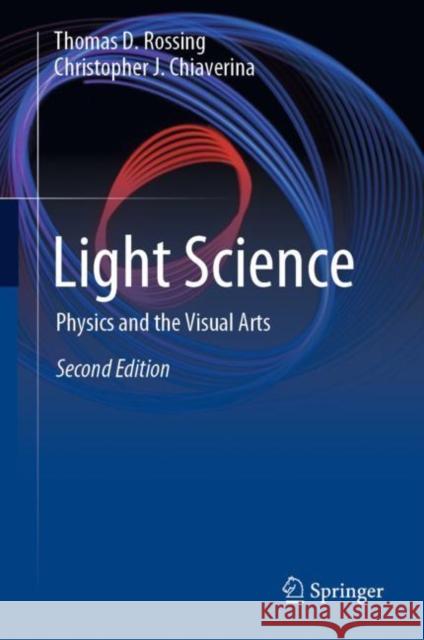Light Science: Physics and the Visual Arts » książka
topmenu
Light Science: Physics and the Visual Arts
ISBN-13: 9783030271022 / Angielski / Twarda / 2020 / 490 str.
Light Science: Physics and the Visual Arts
ISBN-13: 9783030271022 / Angielski / Twarda / 2020 / 490 str.
cena 321,26
(netto: 305,96 VAT: 5%)
Najniższa cena z 30 dni: 308,41
(netto: 305,96 VAT: 5%)
Najniższa cena z 30 dni: 308,41
Termin realizacji zamówienia:
ok. 22 dni roboczych
Dostawa w 2026 r.
ok. 22 dni roboczych
Dostawa w 2026 r.
Darmowa dostawa!
Kategorie BISAC:
Wydawca:
Springer
Język:
Angielski
ISBN-13:
9783030271022
Rok wydania:
2020
Wydanie:
2019
Ilość stron:
490
Waga:
0.87 kg
Wymiary:
23.39 x 15.6 x 2.87
Oprawa:
Twarda
Wolumenów:
01











